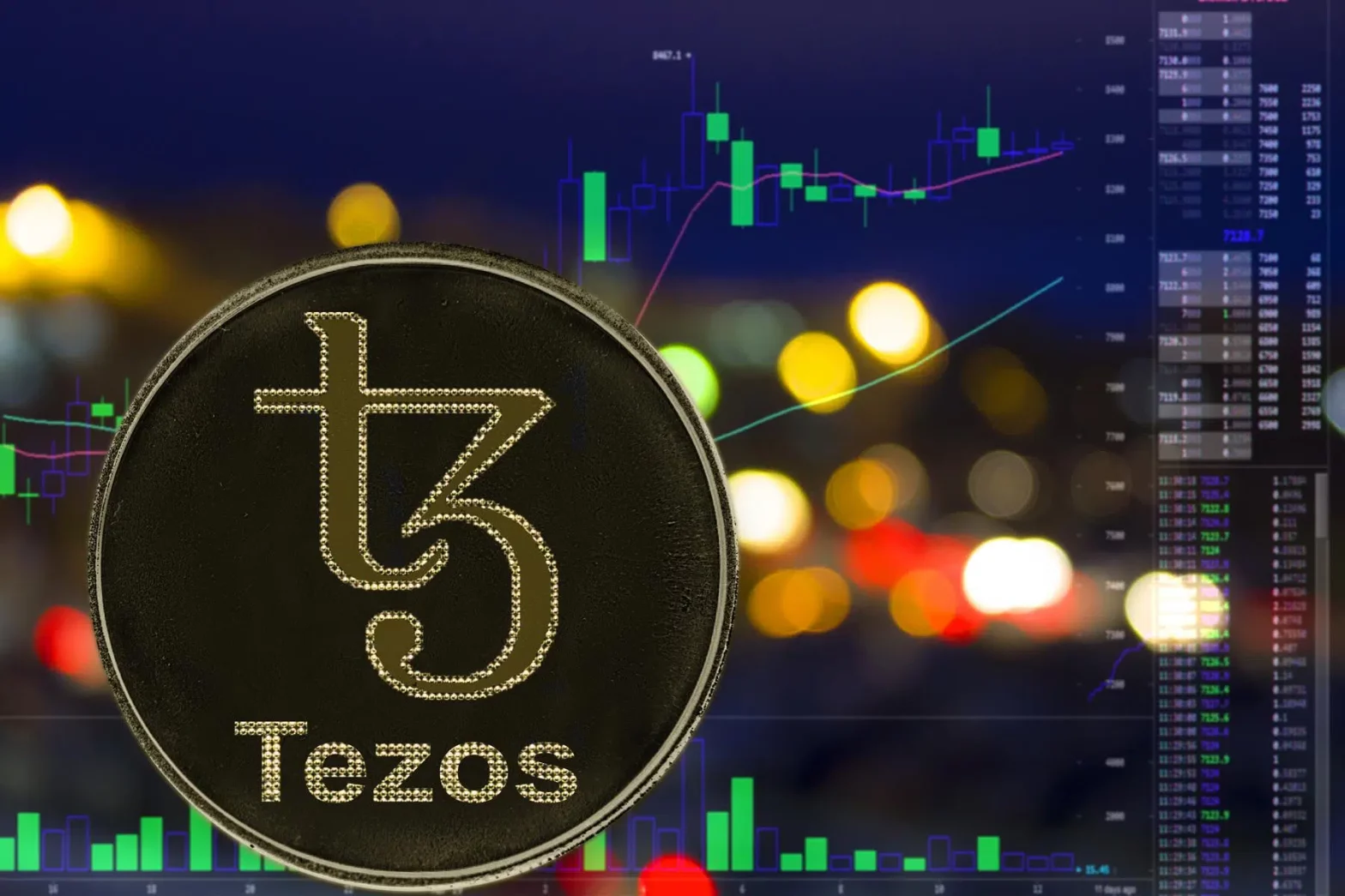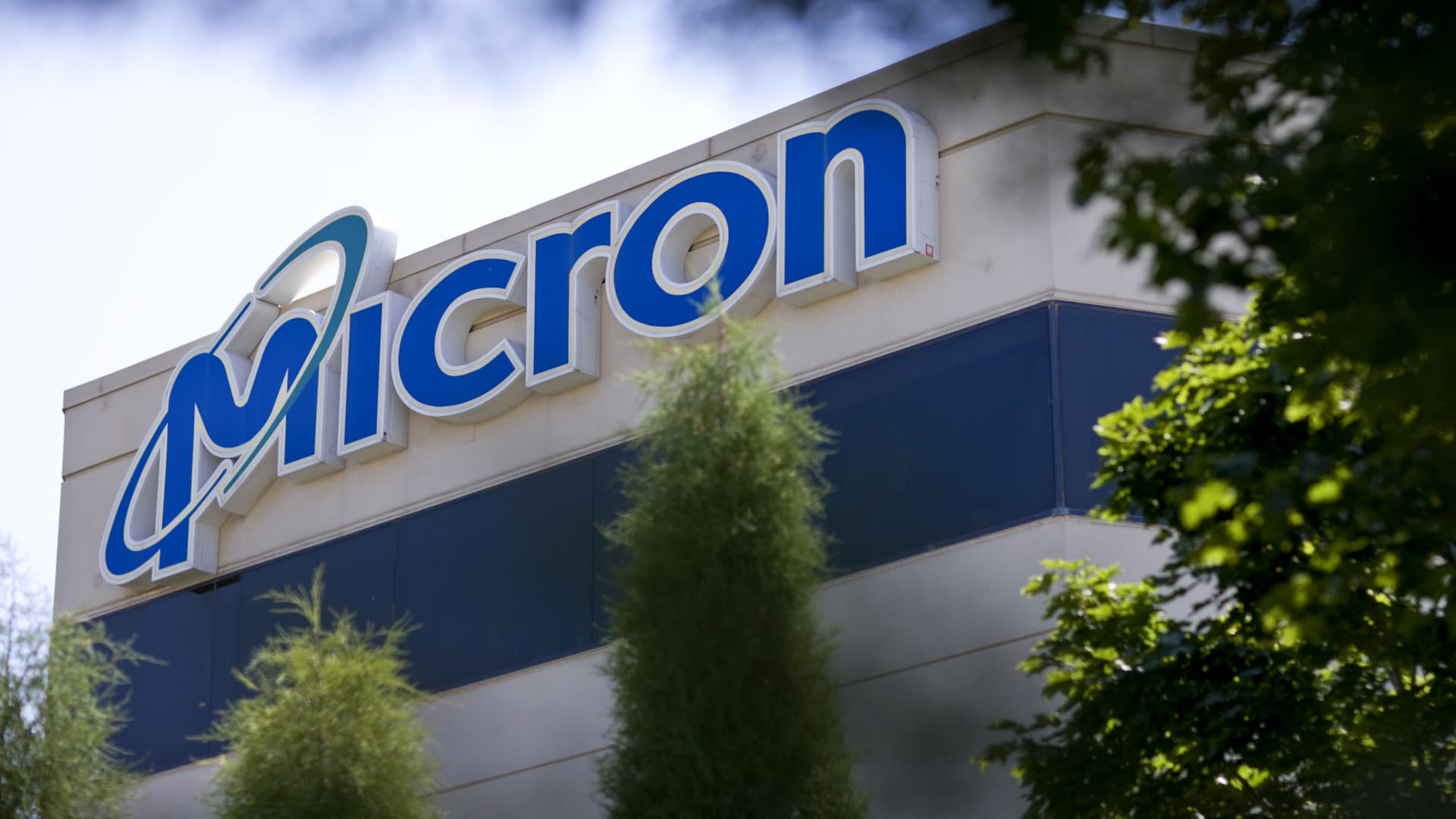The development plan for the decade-old blockchain, which extends until 2026, proposes the division of transaction execution into a distinct “canonical rollup” that would accommodate a variety of programming languages

The Tezos blockchain’s developer teams have unveiled “Tezos X,” a collection of technological enhancements that they claim could result in a “substantial increase in interoperability, composability, and performance.”
The roadmap, which outlines a development strategy for the next two years, recommends dividing transaction execution into a distinct “canonical rollup” that would facilitate “atomic transactions across smart contracts written in different programming languages.” Consensus and settlement would be facilitated by the primary Tezos blockchain.
The Tezos blockchain’s developer teams have unveiled “Tezos X,” a collection of technological enhancements that they claim could result in a “substantial increase in interoperability, composability, and performance.”
The roadmap, which outlines a development strategy for the next two years, recommends dividing transaction execution into a distinct “canonical rollup” that would facilitate “atomic transactions across smart contracts written in different programming languages.” Consensus and settlement would be facilitated by the primary Tezos blockchain.



